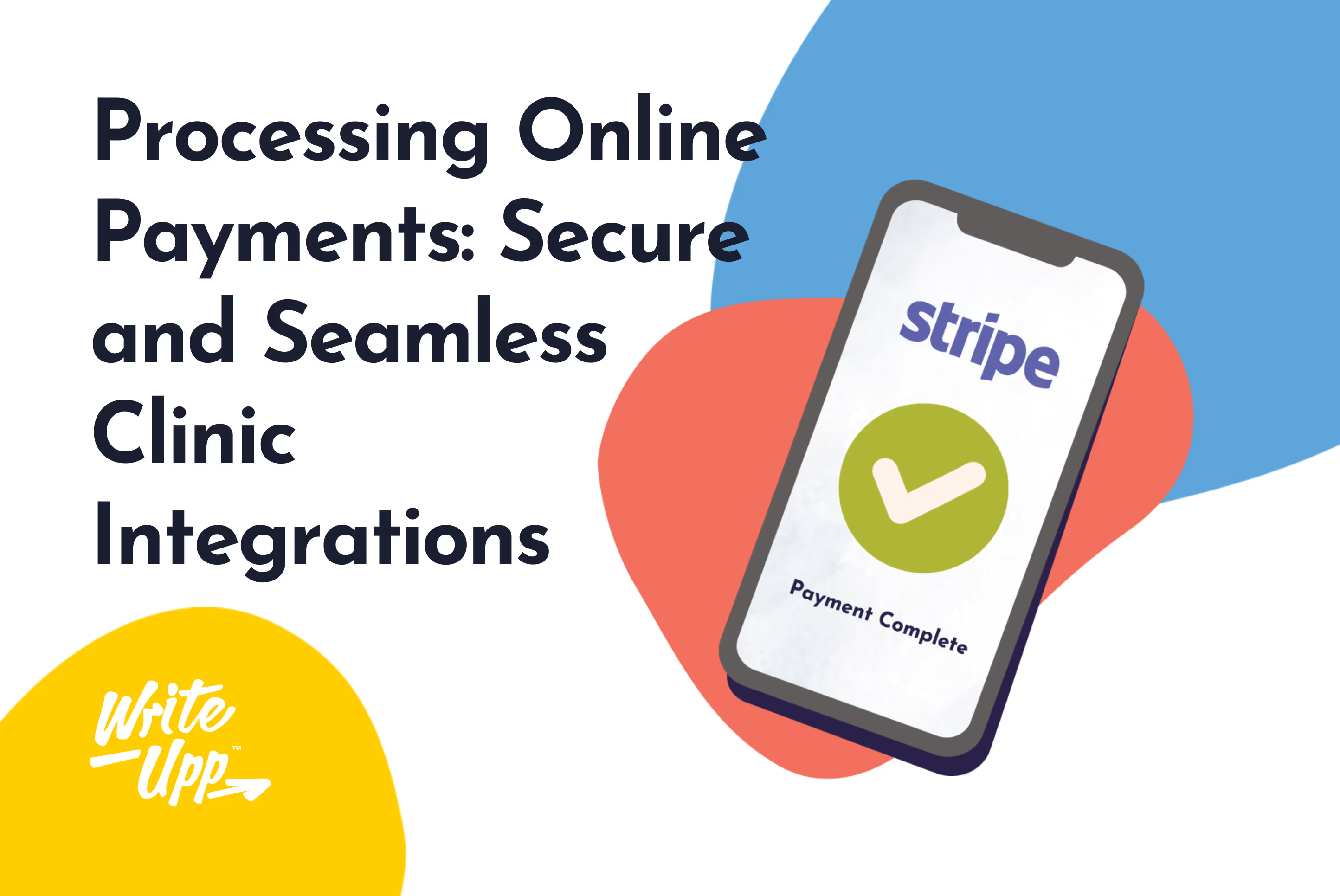Becoming a registered provider with private health insurance companies has some great advantages, but there are also some drawbacks you should consider before taking the plunge.
By joining an insurance panel, you’ll get the potential for new referrals and greater geographical reach, helping you expand your client base.
But it also comes with drawbacks, such as dealing with the hassle of claim denials or the paperwork to get set up.
In this article, we will weigh the pros and cons so you can decide whether insurance is right for you and your practice.
Two Options for Accepting Insurance Payments
Therapists have two primary options for accepting insurance: being in a provider panel or being an out-of-network provider.
- Joining a provider panel
Being part of an insurance company's provider panel has its advantages. You can receive reimbursement directly from the insurance company, meaning you don’t have to go through the hassle of invoicing and chasing clients before being paid.
Being on a provider panel may also offer marketing benefits because most insurers have a directory of preferred providers that potential clients may use to find you.
Joining a panel usually requires a fairly intensive application process – approval can take several months – with a lot of paperwork, so be prepared.
- Becoming an out-of-network provider
Being an out-of-network therapist means the insurer will only pay a certain amount toward a client’s therapy session.
Insurers are likely to pay a smaller portion of the fee for an out-of-network provider than for a therapist on a provider panel. But reimbursement can allow a client to see a preferred therapist who does not accept the client’s insurance without covering the full cost.
It has advantages; you’ll get autonomy over setting rates, scheduling appointments, and payment terms without adhering to what insurance companies require.
Some out-of-network providers experience slower reimbursements from insurance companies because they need to file more paperwork and don't get preapproval for the codes, so bear this in mind.
The Pros of Accepting Insurance as a Therapist
Accepting insurance payments has its benefits. Here are a few:
- Getting and keeping clients.
If you are starting out in private practice, registering with insurance providers can broaden your client base as they can be used as a referral source. This allows you to build up your reputation and client list.
- Easy invoicing.
Reclaiming the session fee once you're on the right system is easy.
Using a third party removes the monetary dynamic from the client-therapist relationship, removing the pressure of seeking payment directly from clients. You won't have to chase your money, and most things will be handled for you.
With systems like Healthcode integrated with your clinic management software, you can invoice in one place. They'll do most of the work for you, such as validating authorisation codes and flagging issues early.
- Marketing and credibility.
Being recognised by insurance providers puts your name and the service you provide out there.
This is essentially free marketing; patients can find you immediately and see that you are a trustworthy professional vetted by their insurance company. Registering on the provider platform automatically enhances your credibility as a private practitioner, especially if you have recently gone private.
By adding the insurance companies' logos to your website, clients will know you are registered with their provider and will be more likely to contact you.
- Improved client loyalty.
Clients may be more likely to stay in therapy if they know your services are covered.
By contrast, clients who do not have the financial means to continue therapy may unexpectedly drop out.
The Cons of Accepting Insurance as a Therapist
Not all therapists want to accept insurance. These are some of the drawbacks:
- Rates are lower.
Some insurance companies limit the amount they will reimburse for therapy. There may be a difference between what they charge and what therapy professionals usually charge, which can be disheartening.
It is always a good idea to check the terms and conditions with individual providers when you initially register so that you won't have any frustrations later.
- Confidentiality concerns.
The level of confidentiality between you and your clients can be affected by the fact that you have to provide information about your clients to an insurance provider.
Treatment summary reports containing detailed client information may also be required when requesting additional sessions.
Clients should know what information may be shared with third parties and be able to identify to you what they are uncomfortable sharing.
For more information on keeping your client data secure and GDPR compliant, check out this free online course:
GDPR Training Course for Healthcare Professionals in 2023
- Less control over session numbers.
You chose to work privately for a reason, and you're probably comfortable deciding the number of sessions and details about treatments with your client. You know their needs, after all.
Insurers can influence decisions around treatment plans, which might not always meet the client's requirements.
Insurers often set a limited number of sessions, so longer-term therapy may not be possible for some, even if it is necessary.
As a result, some clients may have to fund parts of their treatment themselves, and it's important to discuss this with them to manage expectations.
- Payment problems.
Contacting insurers when problems occur, such as payment delays or treatment authorisations, can be difficult. Payment can be delayed and sometimes even not guaranteed (in the case of policy excesses).
As soon as your client's treatment begins, find out if their insurance policy has an excess payment, as you will need to obtain this directly from them.
This excess will be due at the beginning of each client's 'treatment year.' This may occur mid-therapy, so it is important to identify shortfalls in insurance payments early to resolve them with the client before the end of therapy.
Client excesses and shortfalls are not the responsibility of insurance companies, so be proactive in recovering them.
Choosing The Best Insurance Panel for Therapists
It's important to weigh the benefits of each specific provider panel. Take a look at:
- What's the most popular insurer in your area? Joining a big panel usually covers more clients.
- How much does each provider reimburse?
- How do you get reimbursed?
- How do other therapists feel about the provider? Ask around. Some insurers seem good on paper but could be difficult to work with.
- Are your credentials up to par with the most popular provider panels? What would it take for you to meet these requirements if not?
- What additional services are available to preferred providers through provider panels?
The key is to research and understand each insurance provider's recognition criteria. For example, check out AXA Health's recognition criteria here.
Choose a provider that best suits your practice needs and reflects and matches your services.
Private practice can be challenging, so using a provider to increase your client list can be very helpful. However, self-funded clients may be your best option if you want maximum flexibility in your practice.
So, should you accept insurance payments?
In general, therapists have various options for accepting or declining insurance coverage in their practices, which has significant implications for their business operations and patient access.
Many factors can affect whether a decision is advantageous in any situation, so it's important to weigh it carefully.
In the end, you have to take all aspects of your practice into consideration to make an informed decision about this aspect of running a business.
About WriteUpp
Using a practice management system can benefit healthcare practices of all sizes.
Automating tasks, improving communication and coordination, and reducing errors, it can help to streamline operations and improve patient care.
We offer tons of features, including appointment scheduling, medical billing integrated with Healthcode, automated confirmations and reminders, and streamlined invoicing.
Sign up for a 30-day free trial today and discover how WriteUpp can help you reduce the time spent on practice management, so you can get on with doing the job you are trained to do: helping your clients.



Join over 50,000 clinicians that we've helped using WriteUpp
Start my free trial






